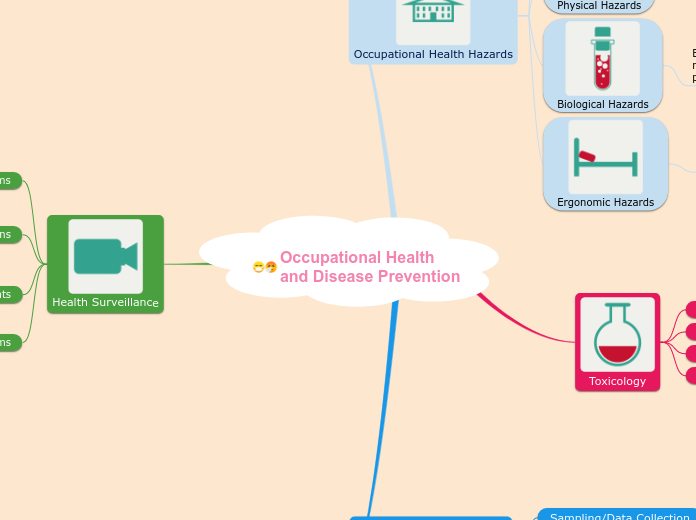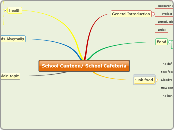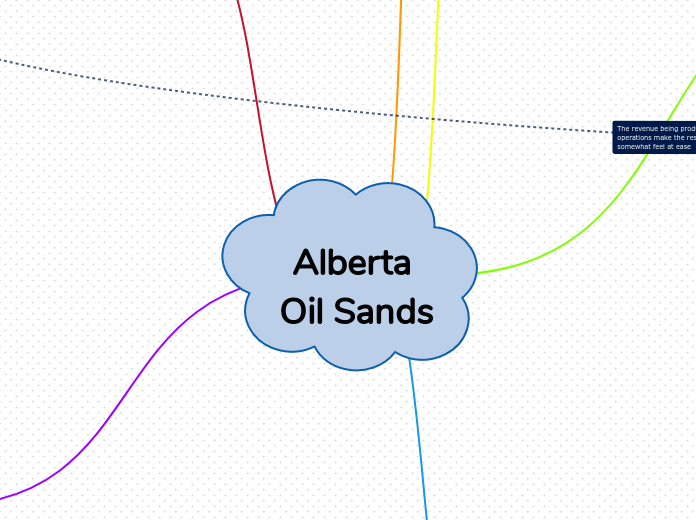af Brianna Stanford 96 (STUDENT) 4 år siden
426
Occupational Health and Disease Prevention
Occupational health focuses on preventing work-related injuries and illnesses through various strategies and tools. Risk evaluation and control play a crucial role in identifying potential hazards and implementing measures to mitigate them.









